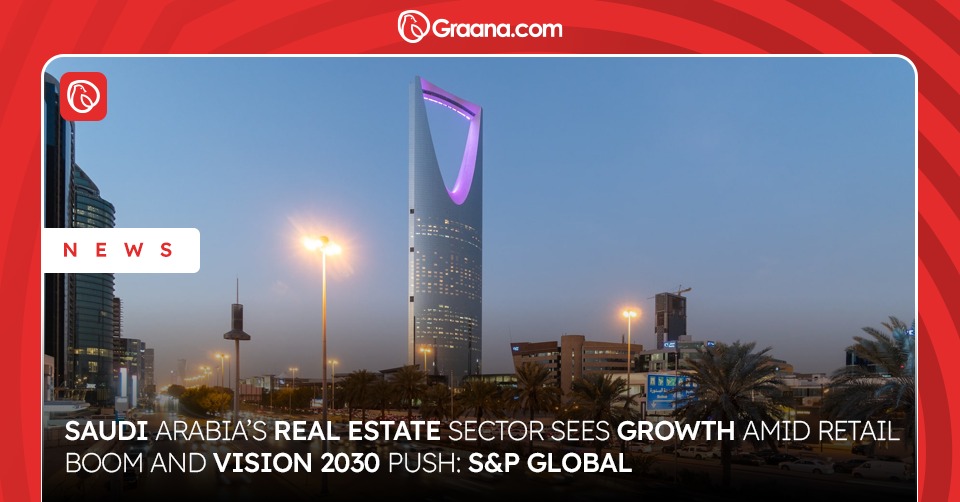RIYADH – Saudi Arabia’s retail and residential real estate sectors are poised for significant growth, fueled by sweeping social and economic transformations, according to a recent analysis by S&P Global. The report highlights that international retail brands, drawn by the Kingdom’s evolving consumer landscape, are increasing demand for premium retail spaces, especially in fashion, luxury, and food and beverage segments.
The residential market is also showing strength, supported by a young population relocating to urban centers in search of employment. This trend aligns with the goals of Vision 2030, which aims to diversify Saudi Arabia’s economy and enhance its global profile as a business and tourism hub.
The Kingdom’s Real Estate General Authority forecasts the property market to reach $101.62 billion by 2029, driven by an expected compound annual growth rate (CAGR) of 8% starting in 2024.
S&P Global noted, “Saudi retail real estate growth prospects are strong,” but cautioned that a potential oversupply—particularly in the shopping mall sector—could pose challenges. Knight Frank, a global real estate consultancy, anticipates that Riyadh’s mall space will grow by 50% and Jeddah’s by 75% by 2027. This surge may lead to rental discounts, revenue-sharing leases, and other occupancy-boosting strategies.
Still, S&P emphasized that with strategic planning and effective market positioning, mall operators can mitigate risks and ensure long-term success.
On the commercial front, Knight Frank reported that Saudi Arabia’s Grade A office rents in Riyadh surged 23% year-on-year, reaching SR2,700 ($719.95) per square meter by the end of Q1, indicating robust demand in the capital.
S&P Global also provided a comparative analysis of real estate trends in the UAE. Dubai and Abu Dhabi continue to experience steady demand and modest rental growth in the retail sector, with super-regional malls remaining dominant. Dubai’s commercial real estate market is particularly strong, with vacancy rates at a historic low of 8.6% and high demand driving up Grade A office rents. The city’s business-friendly regulations, dynamic economic environment, and low tax regime continue to attract global companies and family offices.
However, S&P cautioned that broader economic risks loom. Persistent oversupply in the oil market may continue to suppress prices, potentially impacting real estate growth in both Saudi Arabia and the UAE. Additionally, the possibility of unfavorable trade tariffs or a downturn in global demand could dampen investor sentiment and affect property values.
Geopolitical tensions also remain a concern. While the current ceasefire between Israel and Iran has eased regional credit pressures, S&P warned that any escalation could trigger an expatriate exodus, leading to sharp declines in property prices and rental yields across the Gulf.
Despite these risks, the outlook remains optimistic, provided strategic development and market-sensitive growth are maintained, especially under initiatives like Saudi Arabia’s Vision 2030.
